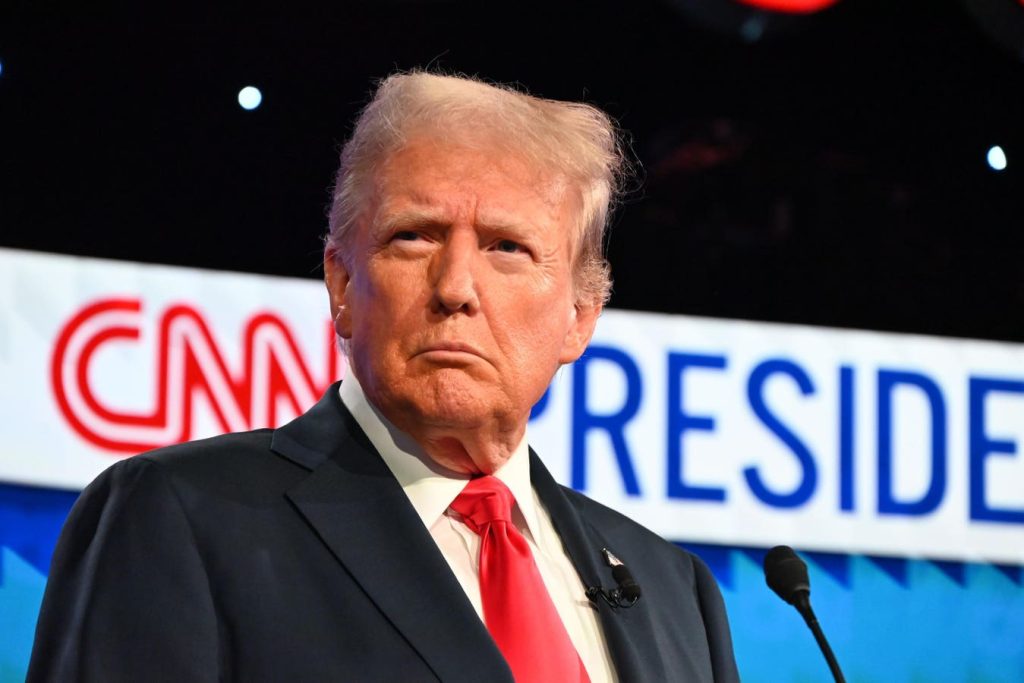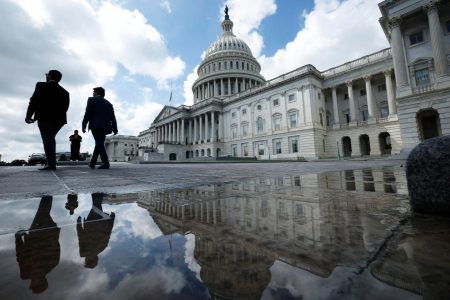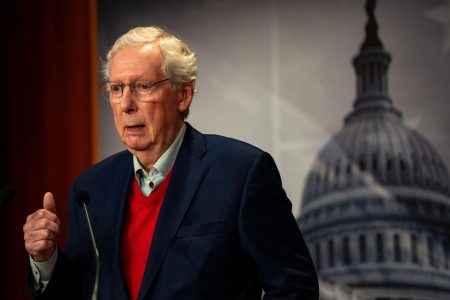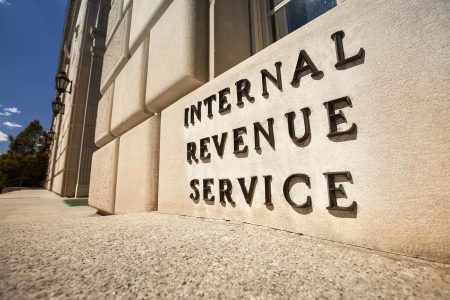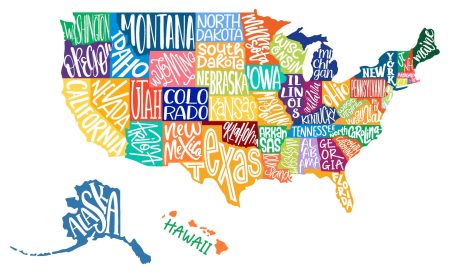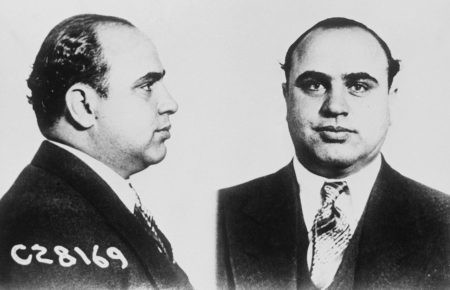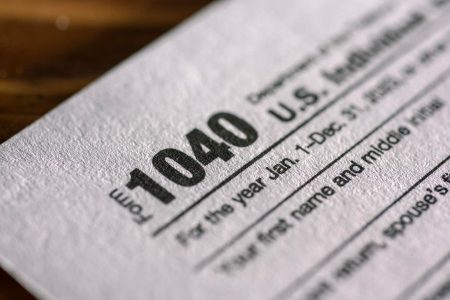President Biden and former President Trump differ on many things. But when it comes to international trade, they have more in common than you might think.
Both have broken with the low-tariff orthodoxy that has dominated U.S. politics for almost a century. And both have targeted China for a get-tough trade policy that has reshaped global politics.
Still, it’s important not to overstate the commonalities. Biden’s embrace of higher tariffs has been more limited — supporters would say more targeted — than Trump’s blunter policies. Democrats and their think tank allies are keen to draw this distinction.
“Biden’s recently announced tariffs,” according to the Center for American Progress Action Fund, “were specifically targeted to protect key industries of the future — including semiconductors and clean energy technologies — from China’s predatory export policies and were the result of a calculated, strategic review process that stands in stark contrast to the chaotic, knee-jerk approach to trade policy demonstrated by former President Donald Trump.”
And while Trump has championed a go-it-alone, America first approach to rewriting global trade, Biden has won support from various allies in his bid to protect strategic industries from foreign competition.
Most important, Trump is the only person running for president in more than 100 years to champion an explicitly 19th-century vision for trade policy. He has invoked the memory of President William McKinley — describing himself as a “big fan” — to justify the imposition of a steep new protective tariff.
It’s a bold move, especially given the limited success of McKinley’s trade policies (and their contribution to the rising popularity of a new federal income tax in those years after the decision in Pollock v. Farmers’ Loan and Trust Co., 157 U.S. 429 (1895)).
Trump has even revived the notion — against all logic and available evidence — that tariffs could once again be made the foundation of federal finance. He has suggested using revenue from new, higher tariffs to pay for cuts in other levies, including the corporate income tax. He has even raised the possibility of a tariff-only revenue system.
“Most intriguing policy idea from the GOP meeting at the Capitol Hill Club this morning,” reported Rep. Thomas Massie, R-Ky., on the social platform X. “Trump briefly floated the concept of eliminating the income tax and replacing it with tariffs,” he said.
McKinley would have liked that idea. But Trump’s hero has been dead since 1901, and his high-tariff policies have been buried for almost as long. Trump is reaching for a romanticized version of America’s fiscal history, ignoring some uncomfortable facts:
- the contribution of tariffs to total federal revenue hasn’t exceeded 90% since the Civil War;
- it’s been declining steadily since about 1890, and
- McKinley’s famously high tariffs did nothing to halt that slide.
Still, for all its antiquated assumptions, we should take Trump’s vision of a tariff-only tax system seriously (if not literally). It might play a role in tax reform debates next year.
Past and Future Tariffs
During his presidency, Trump promised that high tariffs would allow the United States to rebuild its manufacturing industries, bringing millions of good jobs back to American shores. His protectionism was notably broad and ambitious: He was aiming to revamp the U.S. economy in fundamental and dramatic ways.
Trump began his trade war in January 2018, when he imposed new tariffs on solar panels and washing machines. Two months later, he announced higher duties on aluminum and steel, targeting a range of imports from allies as well as rivals like China. Over the rest of that year, the United States and China traded threats and punitive policy proposals.
Trump’s attempt to cow China into submission was not especially effective, but it marked a sea change in U.S. trade policy. For nearly three quarters of a century, American political leaders had been working to lower trade barriers, using both bilateral and multilateral agreements. (For a short history of U.S. tariff policy, including the postwar commitment to reciprocal trade agreements, see my article from June 17 (prior analysis: Tax Notes Federal, June 17, 2024, p. 2088).)
Some critics have suggested that Trump’s tariff war didn’t change much. As Paul Wiseman wrote for the Associated Press just weeks before the 2020 presidential election, Trump’s trade policy “came wrapped in a singular message, delivered with a Trumpian roar: America had too long been exploited by horrendous deals forged by his predecessors.” But the overheated rhetoric didn’t produce the promised results. “For all the drama that drove his confrontational policies for four years,” wrote Wiseman, “it comes down to this: Not very much really changed.”
Other critics have been less sanguine about the long-term effect of the Trump tariffs (and Biden’s embrace of them). They have stressed, in particular, the cost to American consumers, who pay for the tariffs at the cash register. “The Trump administration imposed nearly $80 billion worth of new taxes on Americans by levying tariffs on thousands of products valued at approximately $380 billion in 2018 and 2019, amounting to one of the largest tax increases in decades,” wrote Erica York for the Tax Foundation. Tariffs, she continued, “lead to a net loss in production and jobs and lower levels of income.” They are also notably regressive, burdening poor consumers more than rich ones.
Creeping Communism
Trump and his allies reject the idea that tariffs burden consumers. “The notion that tariffs are a tax on U.S. consumers is a lie pushed by outsourcers and the Chinese Communist Party,” declared a spokesman for the Republican National Committee.
Debunking that claim is hardly worth the effort. “Apparently, nearly every economist in America is a communist now,” observed columnist Catherine Rampell in The Washington Post.
But Trump and his allies apparently believe what they say about tariffs and who actually pays them. How else to explain Trump’s campaign promise to impose a 10 percent, across-the-board tariff on all imported goods? He has also floated the idea of a 60 percent tariff on all Chinese-made imports, continuing his battle royal against America’s most important trade rival.
“Promising to make things more expensive when consumers already are angry over high prices might seem an unusual political strategy,” wrote David J. Lynch, also in the Post. But it’s less inexplicable if you actually believe that tariffs are never paid by consumers.
Or maybe Trump simply understands that voters don’t care about the actual incidence of his trade policies. Maybe they care more about taking a muscular stance on the global stage, sending China (and other competitors) a tough message in defense of American jobs.
Or perhaps they like Trump’s promise to use tariff revenue as a pay-for in future tax reforms. Trump has repeatedly suggested that revenue from higher tariffs could fund an extension of his 2017 tax cuts, or even a further, modest reduction in the corporate income tax rate.
In his most audacious moments, Trump has even floated his plan to use tariffs as the only source of federal revenue. That idea is more than just a throwback to McKinley-era concepts of public finance; it’s an embrace of antebellum trade policy.
On the eve of the Civil War, tariffs provided roughly 95% of federal revenue. They have never again come even close. Tariff revenue hasn’t exceeded 40% since 1913, when lawmakers imposed the modern income tax as an equity counterweight to the regressive tariff. And since World War II, tariffs have contributed just 1 to 2% of total revenue.
In her Post column, Rampell laid out the implausibility of Trump’s plan. “The math required for this to work would be nearly impossible,” she wrote. “Right now, federal income taxes raise about $3 trillion per year. That means repealing them would leave a $3 trillion revenue hole to fill. But the entire value of all the goods we import each year is itself about $3 trillion. Not the tariffs, mind you, but the goods themselves.”
As is often the case with Trump, we have bumped into one of those moments when Trump should be taken seriously but not literally. Almost every Republican in Washington has been making that point, backpedaling furiously on their candidate’s behalf. “President Trump is thinking through all different types of various policies to jump-start our economy,” objected Rep. Byron Donalds, R-Fla., when asked about the tariff-only plan. “It’s an idea. It’s not concrete yet.”
Not yet, perhaps. The United States will not be returning to a tariff-only revenue regime anytime soon. But Trump’s interest in using tariff revenue as a pay-for in tax reform debates is important. If even partially successful, it would imply a meaningful shift in fiscal burdens.
“An all-tariff approach would combine the two stances and take them to the extreme, reversing more than 100 years of economic policy that encourages free trade and requires higher-income households to pay higher tax rates than the middle class,” explained The Wall Street Journal. “Such a return to 19th-century fiscal policy could amount to a tax cut for high-income people and, effectively, a tax increase on consumers, who would pay tariffs passed along to them in prices.”
The tariff contribution to total revenue doesn’t have to reach antebellum levels to still make an impact on tax reform debates. If we take Trump seriously — and it seems clear that we should, given the number of times he has made the pay-for promise — then trade policy is about to become an important issue in tax policy.
Read the full article here



